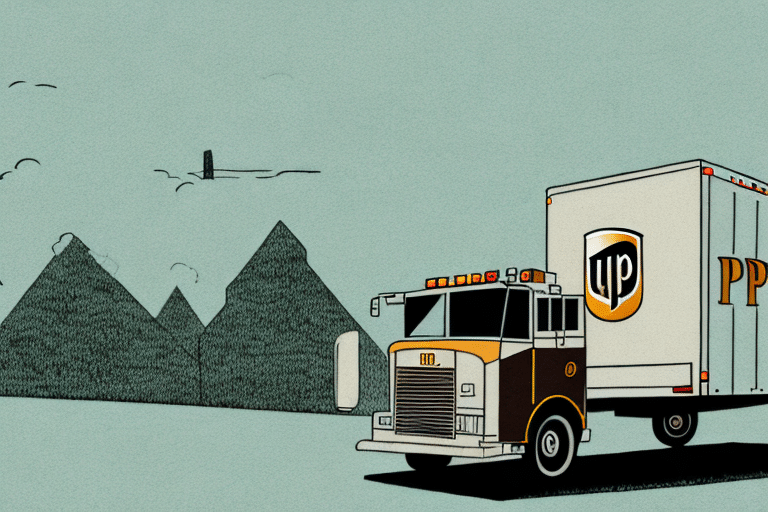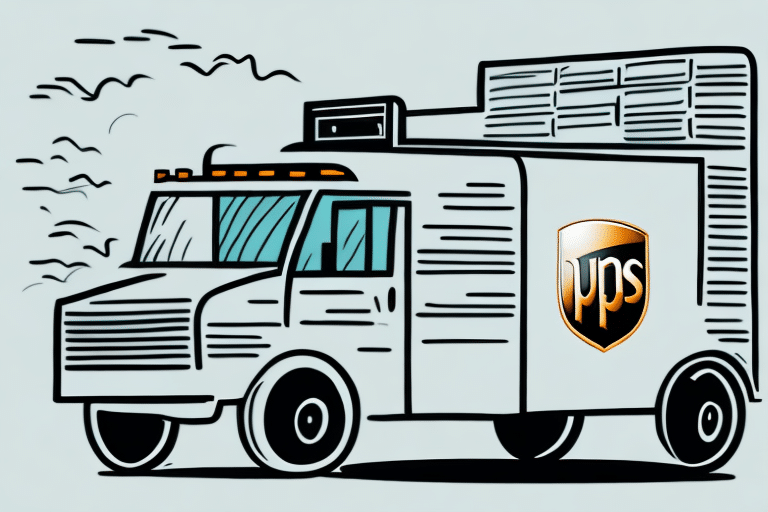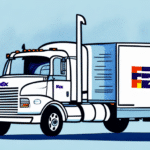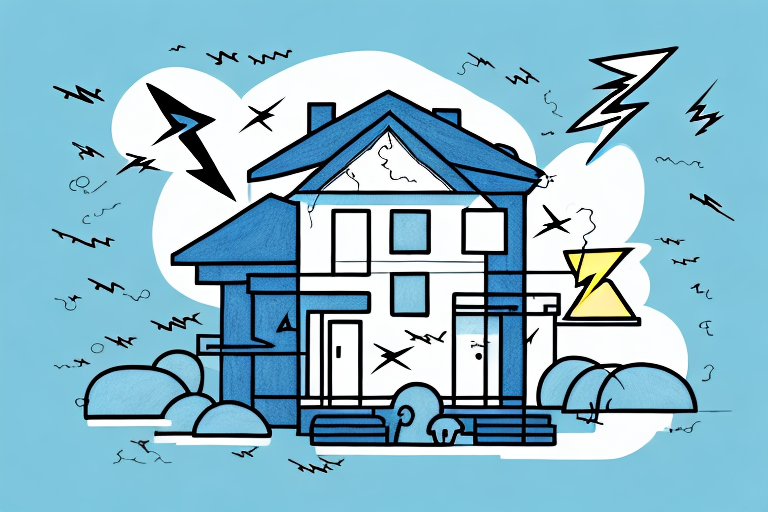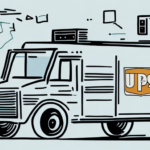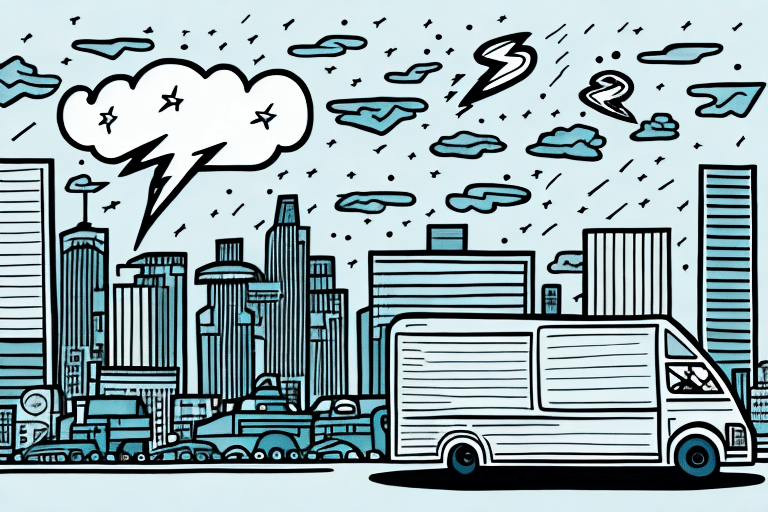Understanding the UPS Extended Area Delivery Fee
If you regularly ship items with UPS, you may have noticed an additional charge on your bill labeled as the "Extended Area Delivery Fee." This fee is imposed by UPS for deliveries made to remote or low-density areas that require additional resources to complete. In this section, we will explore what the fee is, why it was implemented, and who it affects.
What is the UPS Extended Area Delivery Fee?
The UPS Extended Area Delivery Fee is a surcharge applied to deliveries made outside of UPS's standard delivery zones. These areas typically include remote or low-density locations, such as rural regions, mountainous areas, and islands, where delivering packages requires additional time and resources. The fee compensates UPS for the increased costs associated with reaching these destinations.
The fee is not fixed and varies based on several factors, including the distance from the nearest UPS hub, the package's weight, and its dimensions. For instance, deliveries to isolated regions may incur higher fees due to the need for specialized transportation methods.
Why Was the UPS Extended Area Delivery Fee Implemented?
UPS introduced the Extended Area Delivery Fee to offset the higher costs of delivering to less accessible locations. Deliveries to these areas often require alternative transportation methods, such as air or sea freight, which are more expensive than standard ground shipping. By implementing this fee, UPS ensures that it can maintain reliable and efficient service across all regions.
This practice is common among shipping companies aiming to balance operational costs while providing comprehensive delivery services. According to UPS's [official guidelines](https://www.ups.com/us/en/help-center/fees-and-payment.page), the fee structure is designed to reflect the actual costs incurred during the delivery process.
Cost of the UPS Extended Area Delivery Fee
The cost of the UPS Extended Area Delivery Fee varies depending on the specific delivery location, as well as the package's weight and dimensions. Generally, the fee ranges from:
- $3.15 to $4.40 per package for ground shipments
- Up to $110.00 per package for air shipments
These costs are in addition to the standard shipping fees charged by UPS. It's important to consider these potential additional charges when calculating the total cost of shipping, especially for packages destined for remote areas.
To get an accurate estimate, customers can use the UPS [shipping calculator](https://www.ups.com/us/en/shipping/resources/payment-options.page) by entering their zip code or city and state. This tool provides a detailed breakdown of all applicable fees based on the delivery address.
Impact on Customers
The UPS Extended Area Delivery Fee affects any packages delivered to locations outside of UPS's normal delivery zones. This includes:
- Rural areas
- Isolated islands
- Mountainous regions
- Other low-density areas
Customers shipping to these locations should anticipate additional costs and plan accordingly. Understanding whether your delivery address falls within an extended area can help you manage shipping costs effectively.
Using UPS's [online tools](https://www.ups.com/us/en/help-center/tools.page) or contacting their customer service can help determine if your destination is subject to the extended area fee.
Strategies to Minimize or Avoid the UPS Extended Area Delivery Fee
1. Use Alternative Shipping Carriers
Consider using other carriers like FedEx or DHL, which may offer different fee structures or better rates for deliveries to remote areas. Comparing rates can lead to cost savings based on your specific shipping needs.
2. Consolidate Shipments
By consolidating multiple packages into a single shipment, you can reduce the number of extended area fees incurred. This approach is particularly useful for businesses that ship large volumes regularly.
3. Utilize UPS Access Points
Opting to have your packages delivered to a nearby UPS Access Point or partner location can be more cost-effective than direct delivery, often avoiding the extended area fee altogether.
4. Negotiate with UPS
If you frequently ship to extended areas, consider negotiating a contract with UPS. Businesses with high shipping volumes may qualify for discounted rates or waived fees based on their shipping patterns.
Alternatives to UPS for Deliveries to Extended Areas
If UPS's fees are prohibitive for your shipping needs, several alternatives specialize in deliveries to remote or low-density areas:
- Dicom: Known for their expertise in ground transportation, Dicom offers competitive rates for extended area deliveries.
- Estes Express: Specializing in LTL (Less Than Truckload) shipping, Estes provides tailored solutions for challenging delivery routes.
- Local Regional Carriers: Depending on the destination, regional carriers may offer more efficient and cost-effective delivery options.
Additionally, partnering with freight forwarders or logistics providers can offer customized delivery solutions that align with your specific requirements, potentially reducing overall shipping costs.
Disputing the UPS Extended Area Delivery Fee
If you believe you have been incorrectly charged the UPS Extended Area Delivery Fee, you can dispute the charge by following these steps:
- Contact UPS Customer Service: Reach out via the [UPS Help Center](https://www.ups.com/us/en/help-center/contact.page) to discuss your concern.
- Provide Evidence: Supply any documentation or evidence that proves your delivery address should not be classified as an extended area.
- Review and Resolution: UPS will review your claim and determine if a refund or adjustment is warranted.
For frequent shippers facing consistent fees, enrolling in UPS's My Choice program may offer additional flexibility and potential fee reductions by customizing delivery preferences.
Future Outlook of the UPS Extended Area Delivery Fee
The UPS Extended Area Delivery Fee is subject to change based on various factors, including shifts in the shipping industry, operational costs, and company policies. While there have been no official announcements regarding adjustments to this fee, it's prudent for customers to stay informed about potential changes.
To remain updated, consider subscribing to UPS's [newsletters](https://www.ups.com/us/en/services/tracking-information.page) or following their official [social media channels](https://www.facebook.com/UPS/). Staying informed ensures that you can adapt your shipping strategies in response to any policy updates or fee adjustments.
As the shipping landscape evolves, UPS may introduce new fees or modify existing ones to better align with operational needs and market conditions. Therefore, regularly reviewing UPS's [official resources](https://www.ups.com/us/en/help-center.page) is essential for making informed decisions about your shipping requirements.
Conclusion
The UPS Extended Area Delivery Fee is a necessary surcharge for delivering to remote and low-density areas, reflecting the additional costs associated with such deliveries. By understanding how this fee is calculated, who it affects, and the available strategies to minimize its impact, you can better manage your shipping costs and ensure efficient delivery operations.
Always consider using UPS's [official tools](https://www.ups.com/us/en/shipping/resources/payment-options.page) to verify fees and explore alternative shipping options when necessary. Staying informed and proactive in your shipping choices will help you navigate the complexities of extended area deliveries effectively.















